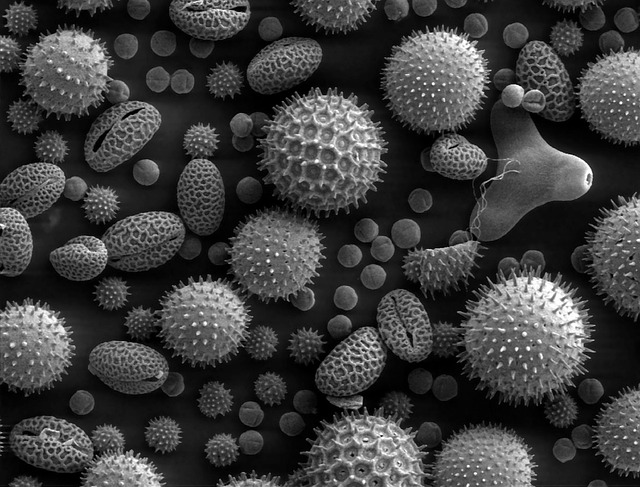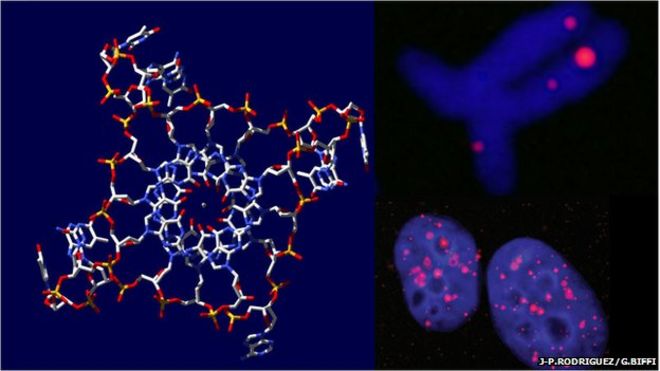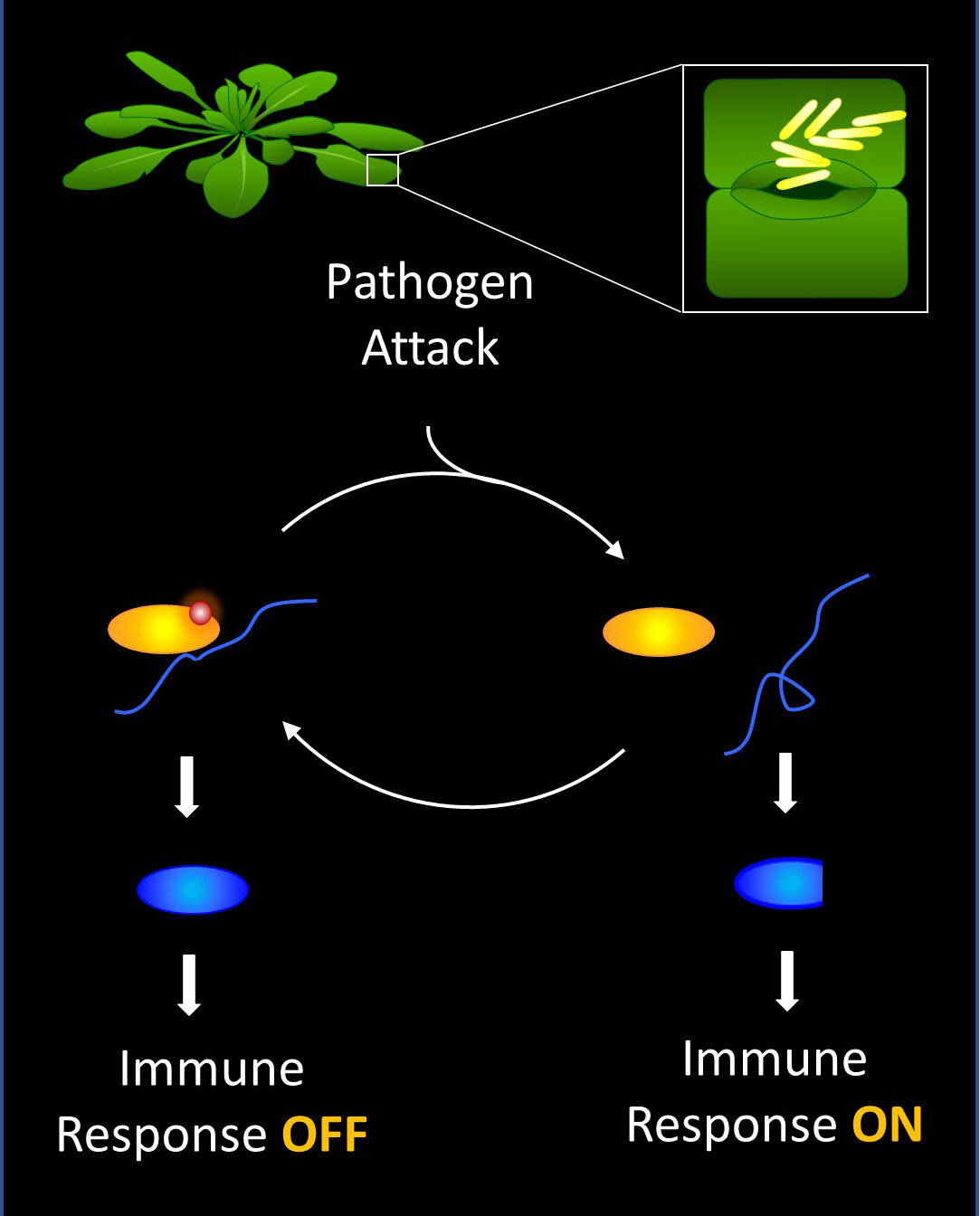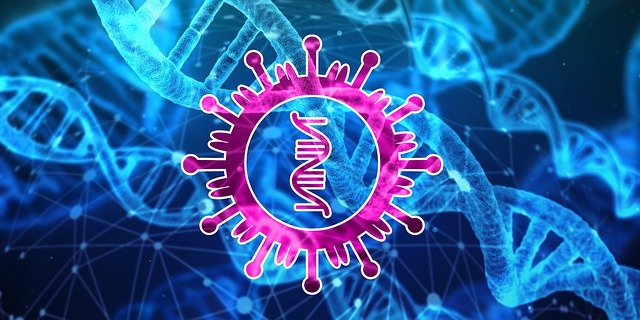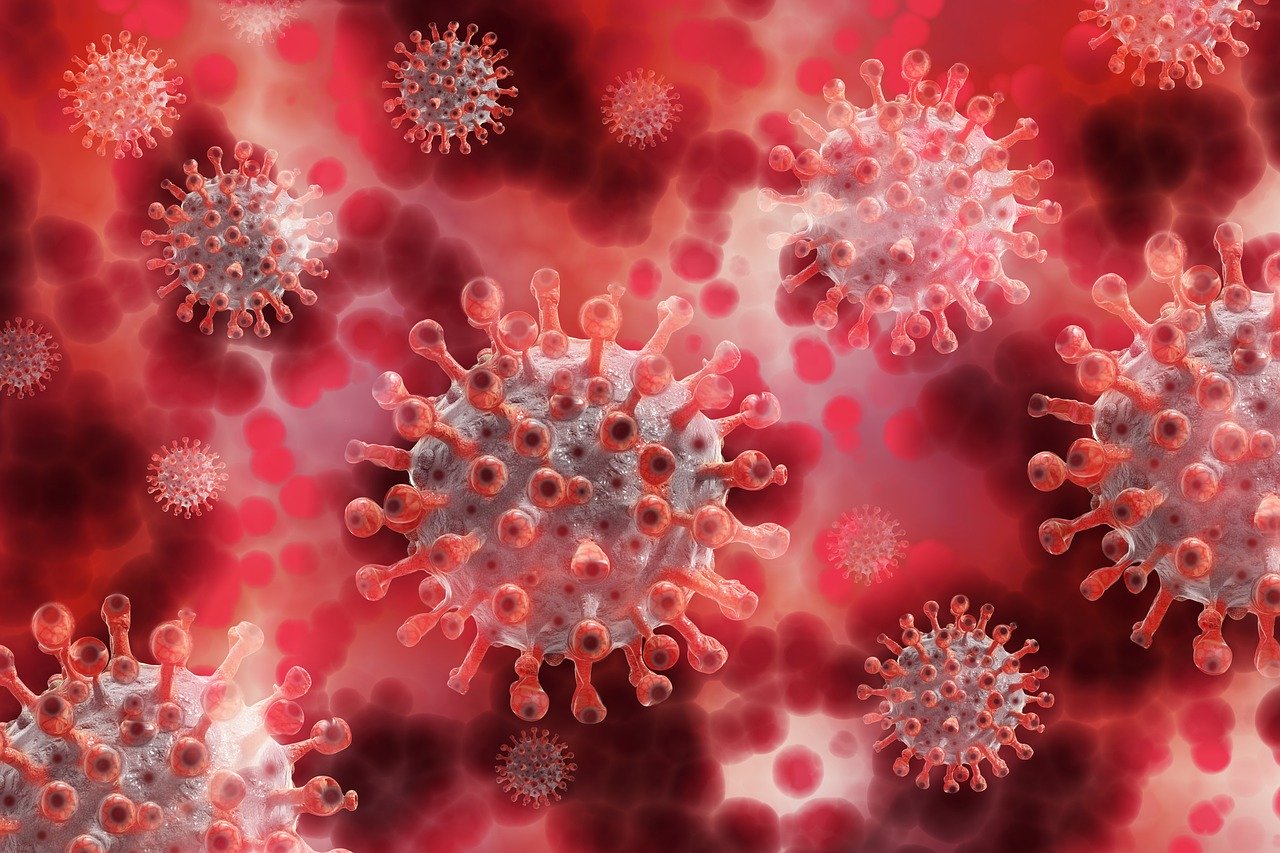At some point in time, being a researcher, one must wonder the difference between a research paper and thesis, since both seem similar and it’s difficult to identify the difference. Although both are academic documents, the reason, the purpose, and the structure behind them are different. With a quick introduction, it can be explained that the research paper is an outcome of the research work conducted by the publisher in his/her area of interest, whereas a thesis is an argument or a write-up that backs up an already existing result.
What is a thesis?
A thesis of an academic document is commonly written for an academic degree or higher education, before issuing a degree. A thesis is generally written under a supervisor who helps in guiding and commenting on a draft created by the author. They also advise them on how to better it further.
The main purpose of a thesis is to collect specific data, analyze, and present it to their instructors or a committee of people formed by the degree offering institute. A thesis is broad and refers to the general subjects. The students usually choose a specific topic that is relevant to their specific area of interest. It usually takes several months to write a thesis as it is a long and demanding task to collect all the data and analyze it. Proper set procedures must be followed in order to successfully complete a thesis on time. The thesis is also called a dissertation in several countries- which a person obtaining a postgraduate degree needs to complete before obtaining their degree.
What is a Research Paper?
A research paper is an individually written academic document, a publication of the researchers’ findings after analyzing the gathered data. Research papers are mostly short in length compared to a thesis, since it only specifies the relevant data, while a thesis focuses on a much broader subject.
A research paper has its own structure or format and focuses on the gathered data. There is usually a structured methodology that must be followed by the research paper before being published in any academic magazine or journal. Each research paper has its own journal which publishes papers that fall in one area of research, like the journal of the cell, will only accept research papers related to cell biology. Research papers are essentially the way for researchers to contribute to their area of specialty.
Now that the concepts of both thesis and research papers are relatively clear, let’s distinguish between them.
Structural and technical difference:
A thesis concerned more with the central question, while a research paper is about proving a central argument. A thesis contains minimal or no methodology whereas a research paper explicates method thoroughly whether quantitative or qualitative. It revolves more around possibilities and even the end of possibilities through antithesis. A research paper proves the central thesis and gathers the concerning evidence to explore possibilities to nullify any speculation or future alternatives to the thesis. To be precise, a research paper is all about explaining and pricing a thesis.
The thesis is usually constructed through extensive originality that puts forth a novel statement or proposal, but a research paper requires a more cohesive approach by the researcher to justify the question at hand.
All this is performed to prove a thesis, to which a research paper can also be called as an extension to the central thesis.
Similarities:
As mentioned above, a sameness lies between both the thesis and research paper, what a thesis that potentially holds is unveiled and explained in a research paper. Usually, a research paper consists of the thesis, but this is not always the case. The research paper might be a part of the thesis question which on its own can have validity.
Although a number of anti- foundational theories are floating against the classical model, the lines of work such an anti-thesis should be considered a deterministic end. Each model, a thesis or a research paper should be respected enough as a great potential of new knowledge which is completely based on new paradigms. Each model should be nurtured and boundless knowledge should be encouraged.
To be conclusive there are differences and similarities between a thesis and research paper. There are even alternatives that go into the creation of new knowledge which is quite different from the dominant research paradigm.


